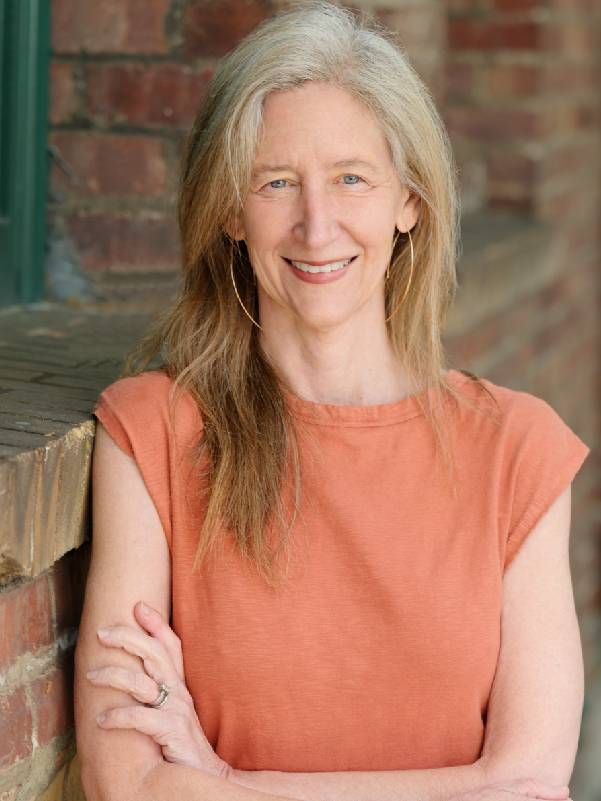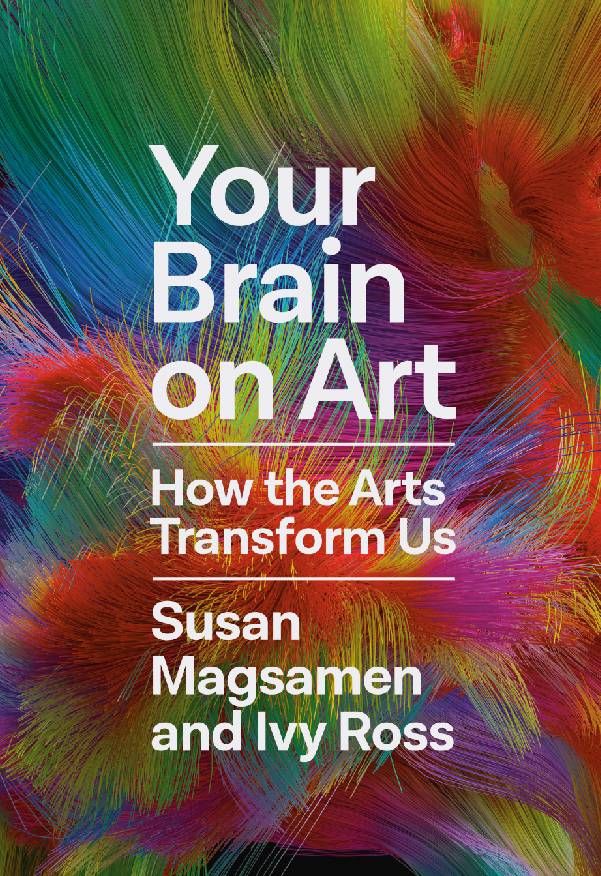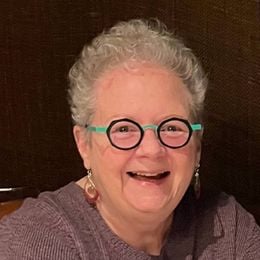Engage With the Arts to Live Happier — and Possibly Longer
'Your Brain on Art' explores the intersection of art and science
Get to know your hippocampus! So say Susan Magsamen and Ivy Ross, authors of "Your Brain on Art: How the Arts Transform Us," a new book about how the arts enhance life and promote physical and mental health for all ages.

The hippocampus is located close to the mid brain, where the motivation and reward systems that make us feel good reside. Part of the hippocampus, called the dentate gyrus, is believed to be one area most responsible for our curious nature. The arts, Magsamen and Ross write, help cultivate that curiosity by tapping into "our need to understand and to be moved, and at the same time to be comfortable with ambiguity."
"We bring the world in through our senses, and when we experience awe and wonder, it can induce significant physical effects."
Written for curious lay readers, the book explores the intersection of arts and science, reporting on compelling research that shows just how the arts benefit our health and well-being, even delaying dementia and adding years to our lives. Why wait any longer? Join a senior choir, take a painting class, doodle, pick up a sewing project, sit down at a pottery wheel, see a play, visit a museum or just hum — it's up to you, the authors say, and it's all good.
Magsamen, 63, is the founder and director of the International Arts + Mind Lab at the Center for Applied Neuroaesthetics at Johns Hopkins University School of Medicine in Baltimore, where she is a faculty member. She also is the co-director of the NeuroArts Blueprint.
Ross, 68, is the vice president of design for hardware product area at Google, where she leads a team that has won over 225 design awards. A resident of Mill Valley, California, Ross is a National Endowment for Arts grant recipient and was ninth on Fast Company's list of the one hundred Most Creative People in Business in 2019.
The Brain's Response to Awe and Wonder
When we engage with the arts — whether creating, contemplating, performing or as audience members — we're subject to awe and wonder, Magsamen told Next Avenue.

"We bring the world in through our senses, and when we experience awe and wonder, it can induce significant physical effects. You might shiver or your pulse may quicken, and in this heightened state, you stop analyzing, the neurotransmitter floodgates open and the result is a peak experience or transcendence," she said. This creates stronger neural pathways even as it enhances your creativity, curiosity and connections to others.
Where to go for awe and wonder? How about Cirque du Soleil, which since 1984 has been known for magical, spell-binding shows that have toured the world.
In "Your Brain on Art," Magsamen and Ross report on research by neuroscientist Beau Lotto, who in 2018 recorded brain activity of more than 200 people attending "O," the company's show in Las Vegas. The study revealed that audience members, enthralled by the performance, walked out as different people physiologically than when they walked in, because experiencing awe moves us toward more positive emotions and perceptions. (See Lotto's TED Talk here on how we experience awe and why that matters.)
"Awe and wonder change your physiology and help you understand that in the big picture, you are a piece of something much greater, that we are one of many," Magsamen said. "That helps us embrace, appreciate and celebrate diversity in so many different ways. Though it's counterintuitive, when we allow ourselves to be surprised, observe something new and immerse ourselves in a highly enriched sensorial experience, we are more willing to take more risks, put ourselves out there."
Banish Fear, Cultivate Curiosity
Yet many older adults, though they have the time to pursue artistic interests they dropped long ago or to try something new that might evoke awe and wonder, can be reluctant because they fear they may not be good at it. That troubles Magsamen.

"That message starts early for us, the mythology that if we're not good at something, or talented or gifted, we shouldn't do it because it's a waste of time. That takes so much of our evolutionary birthright off the table," she said. "We can let ourselves play with the idea of creating, not to produce an artifact or object, but for the process."
What we get out of that process is impressive. The act of making something, Magsamen said, builds executive function skills, self-regulation skills, creative problem-solving skills — and all that helps connect different parts of the brain. Expressive writing, she noted, helps us better understand how we think and feel, and going to see art is more than a luxury or enrichment; it builds empathy. "And remember," she added, "all this may extend your life."
For Magsamen, curiosity is the "mother lode." But what about those of us who grew up hearing we must refrain from being nosy?
"We're born naturally curious, but we learn we are expected to follow the rules, toe the line, do what we're told, stay in our lane," Magsamen said. "All that makes us less happy, less productive and less creative."
She noted that the late evolutionary biologist E.O. Wilson, one of more than 125 individuals interviewed for the book, lived his remarkable life with a "beginner's mind, one of insatiable wonder and curiosity, like a 10-year-old."
Leaving fear behind, living curious and boldly learning new skills can beget a state — or several of them, actually — of flourishing. Magsamen and Ross define that as "a combination of several psychological and neural states that work in tandem to bring you the sense that you are in sync with yourself and the world at large." Flourishing, they say, gives us "access to a full and passionate existence."
Move to a State Called Flourishing
In "Your Brain on Art," readers learn the foundational attributes of flourishing: Curiosity and wonder, awe, enriched environments, creativity, rituals, novelty and surprise. Each attribute is explained in full, complete with lively anecdotes, scientific research reports and stories about everybody from Miles Davis to Renee Fleming to Jonas Salk to Meryl Streep to David Byrne.

Magsamen and Ross also predict that in the future, we'll get a little more help with flourishing. They report that increasingly, health care professionals in the U.S., Canada and the United Kingdom are using "social prescribing" — recommending cultural activities that suit individual needs to combat loneliness and reduce stress, anxiety and burn-out. For example, the early Greeks prescribed poetry as medicine; today, research shows that poetry "offers a safe way to engage with difficult emotions."
Plus, the authors say that we can expect an uptick in "personalized micro-dosing of aesthetics," noting that already, "aromas are used to relieve stress, light sources are calibrated to relieve a headache and personalized playlists are offered to reduce anxiety."
Meanwhile, Magsamen advises engaging your hippocampus to spark curiosity and build neural pathways by actively exploring the arts.
"The arts tap into our need to express ourselves, understand the world and to be moved. Play, open yourself to new experiences, imagine without critiquing or judging. We're wired for it," she said, "and it's never too late."


